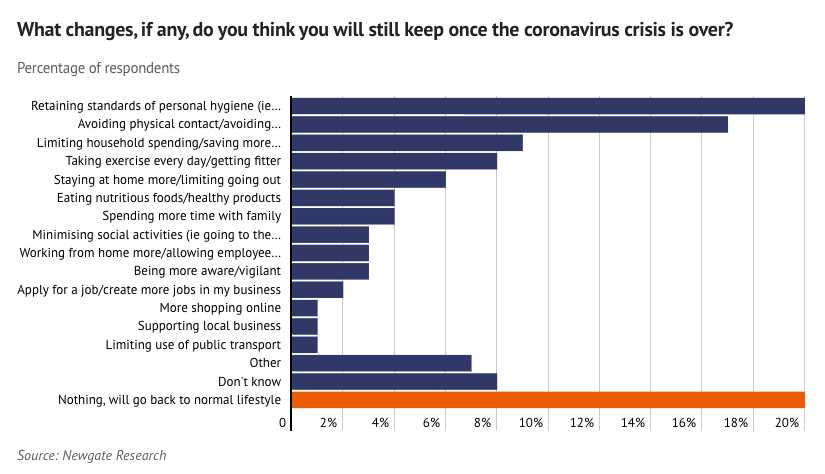It’s been a scary few months, but Australians stepped up to the challenge. Whether it’s been working from home, keeping kids at home, or doing necessary delivery, healthcare, and other work, things in Australia so far look under control so far, enough that elective surgeries are opening up and restrictions are beginning to relax. Projections for the post-pandemic economy predict a global recession: millions of people around the world have already lost their jobs, stock markets are see-sawing up and down, property prices are crashing, large companies like Neiman Marcus and Virgin Airlines have declared bankruptcy, and oil has dropped below $0. The effects of the pandemic are likely to be felt by Australians and Australian companies for a while. With some luck and forward planning, it’s possible to mitigate the fallout – and that’s where we come in. Here are some strategy tips to help your business get back on its feet.
Post-Pandemic Trends
- Watch that supply chain: As manufacturing shut down in China, the effect was felt across the globe. Businesses that were over-reliant on one part of the world for manufacturing were left in the cold. If you can make it locally, make it local. When the panic buying first hit Australia, products that were largely manufactured locally (such as toilet paper) were able to ramp up production and recover consumer confidence quickly. If you can afford to start up your own delivery service instead of being beholden to platforms that might consider you not essential enough or might become overburdened from general demand overnight, do so.
- Go digital: Social distancing has led to a boom in online and contactless transactions. This isn’t new – the outbreak of SARS in China caused its online retail platforms Alibaba and JD.com to become far more popular than they were. The current pandemic is likely to have the same effect, but globally. The behavioural changes brought about from the pandemic are likely here to stay for a while: if you haven’t been considering an omnichannel approach to your stores, it’s about time. Via Inside Retail:
This new-world customer is now more comfortable with online transactions, fewer real-life interactions, and trained to constantly sanitise in public spaces. This, of course, may fade out, but some of these behaviours, habits and trends will stick. The physical store will be forced to change; it will need to be a strong enabler for online shopping, allowing for a much more seamless back and forth, with savvy mobile shoppers expecting faster, more convenient and smarter transactions. In China and Japan, stores are already set up as highly tech-enabled, allowing the customer to shop in-store but at the power of their mobile device. Product information could be discovered by a quick scan of a QR code; customers could roam the store purchasing products as they scanned, paying for it in the moment via WeChat.
- Reduce your physical footprint: As much as having a brick and mortar store will add to your brand’s credibility, it’s likely that retail will shift slowly towards smaller footprints or to a mixed retail and services outlook. Now that people are getting more and more used to getting things online overall, you’d need to either have an extra offering in-store, or just a smaller physical store. Small retailers – now’s also your chance. The playing field is starting to level down.
- Preserve customer and staff safety: Stores that were quick to put into practice measures that protected customer and staff built trust in their brand, while stores that put through half measures (or measures that didn’t work well at all, reportedly), began to generate bad press. In an increasingly information-rich world where people are willing to shop according to their values, showing a willingness to risk your own staff in the name of profit will be something people are likely to remember and avoid. On the other hand, brands that were responsive to their customers’ and staff concerns quickly shored up customer relationships, building lasting goodwill.
- Evolve ad strategies: Ad spend dropped off a cliff during the pandemic, or were quickly pivoted to COVID-19 related messaging. Brands with more digitally native platforms and campaigns were quicker and more nimble, which came off as being more responsive to their customers.
- Keep lower customer spending in mind: In a time of record unemployment, Australia looks set on entering a serious recession despite government stimulus. One in ten Australians have said that they intend to spend less after the shutdown, and will likely change their habits:

Brands will have to adjust to this new spending environment, by looking closely at what they’re offering and how they’re offering it.
Want to know more? Like to have a chat? Give us a call.
